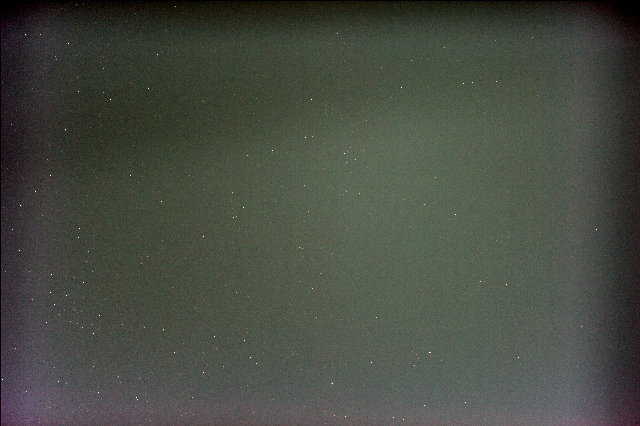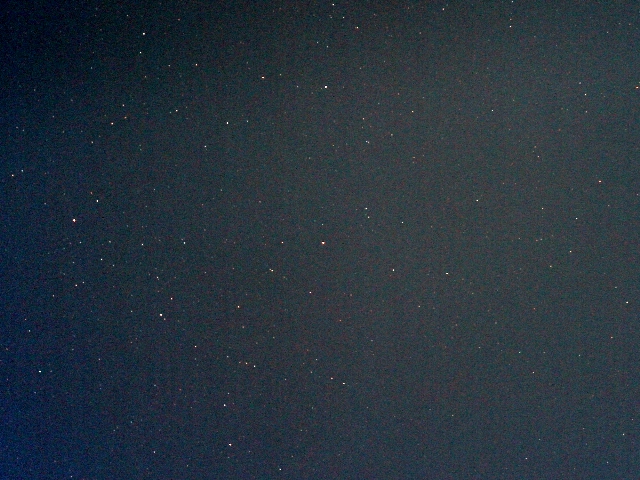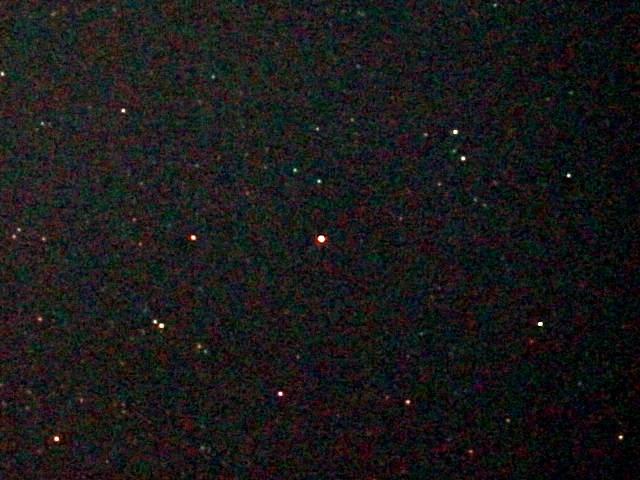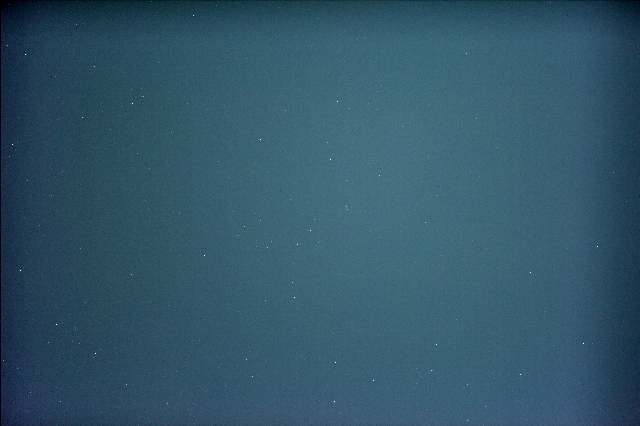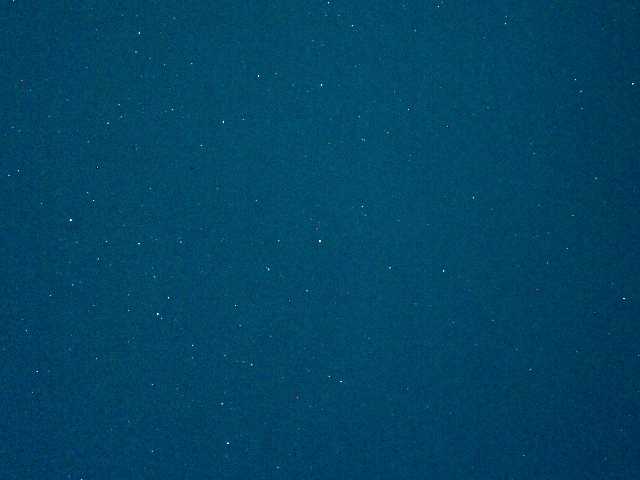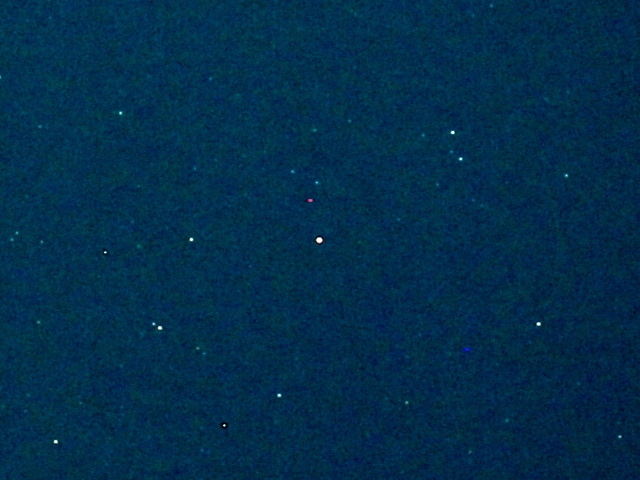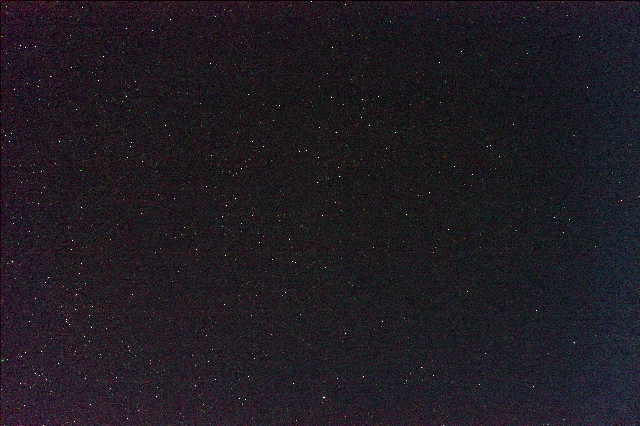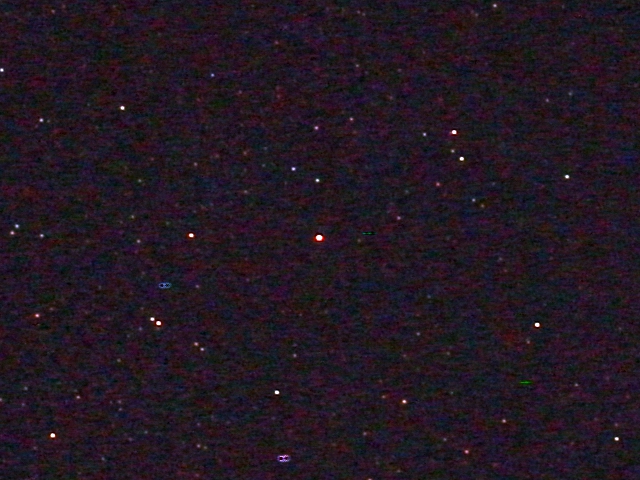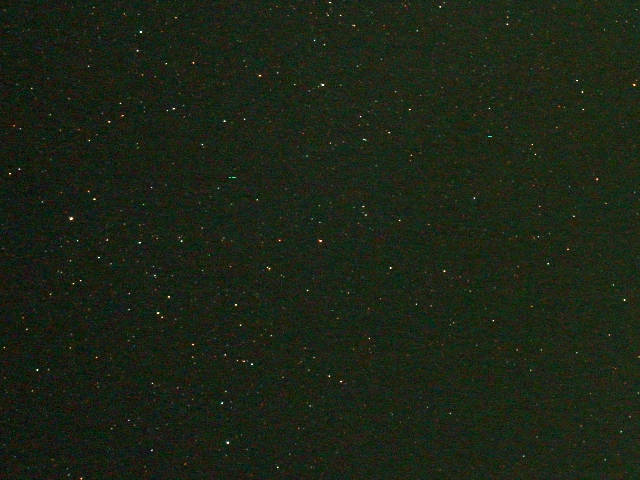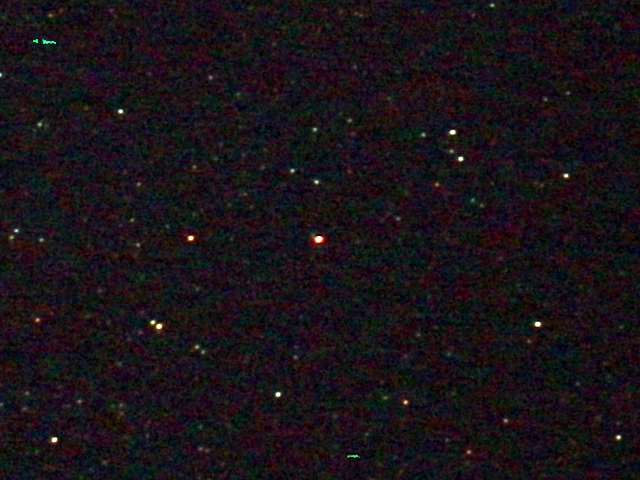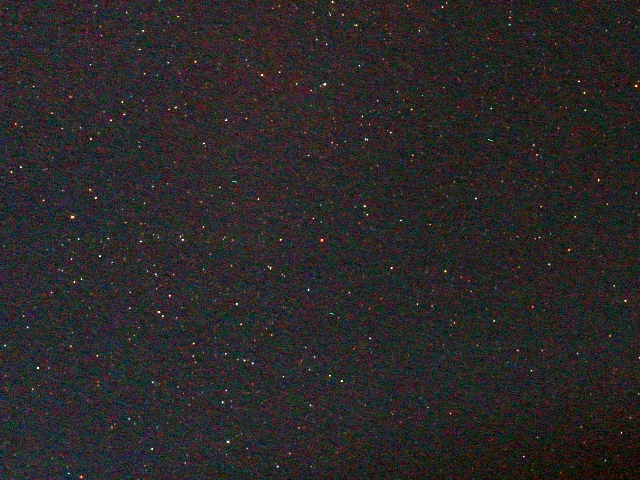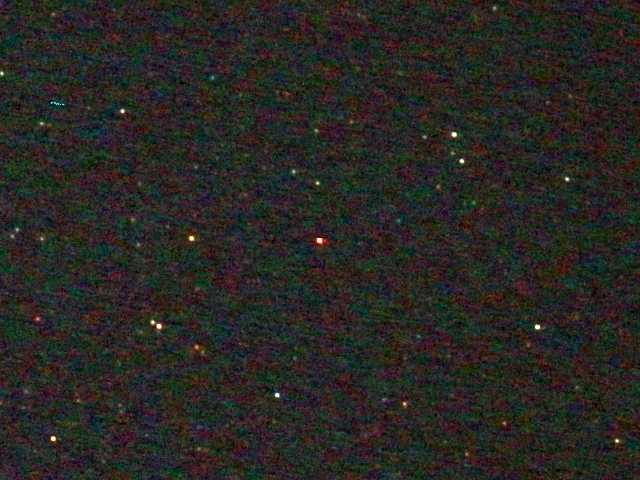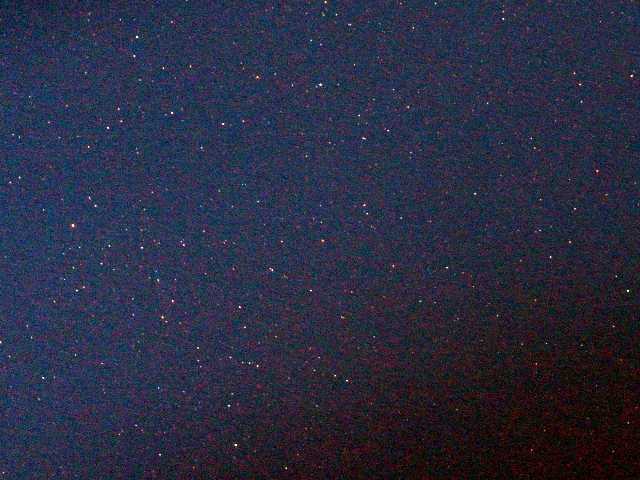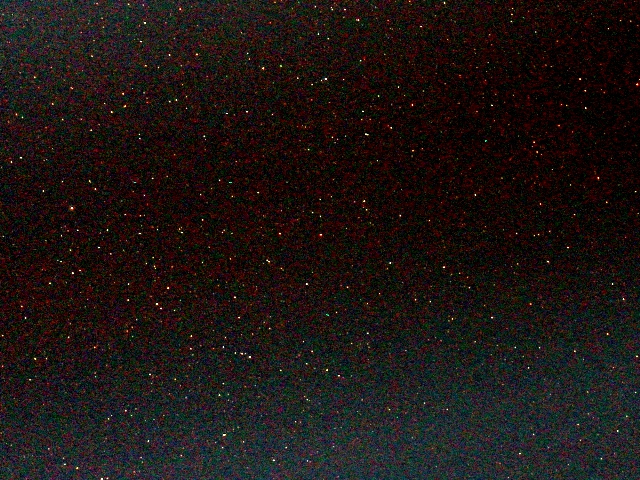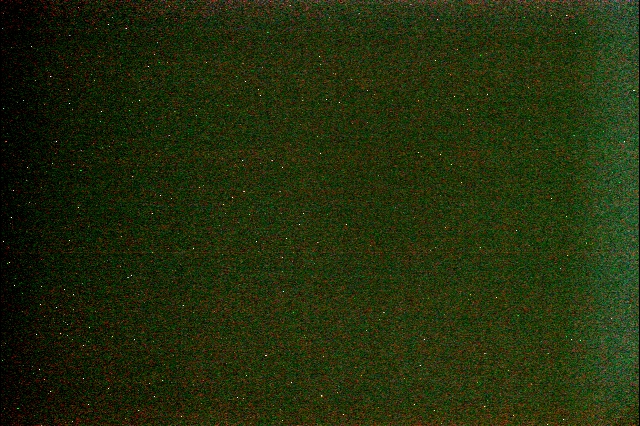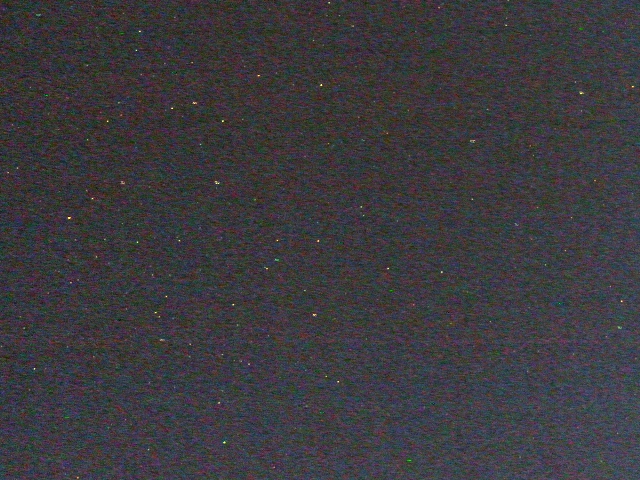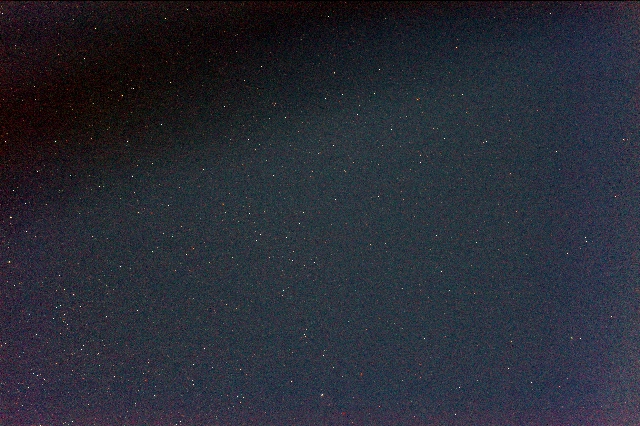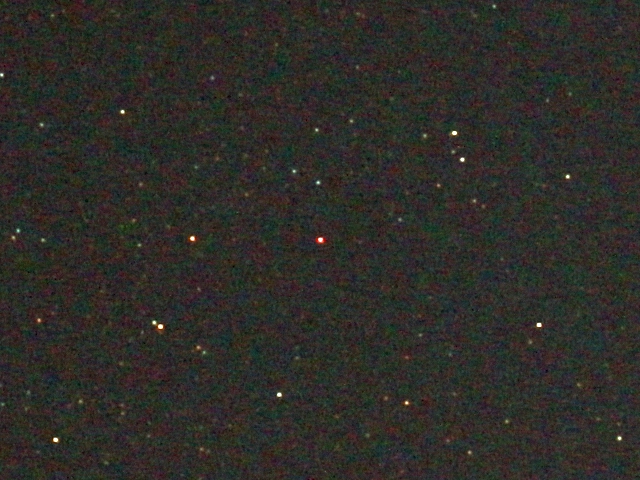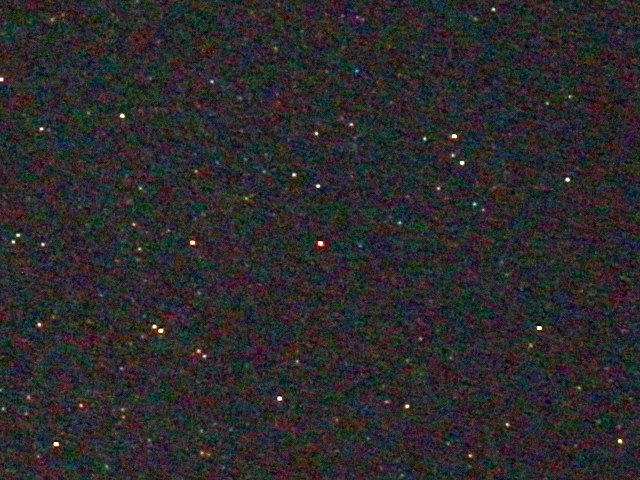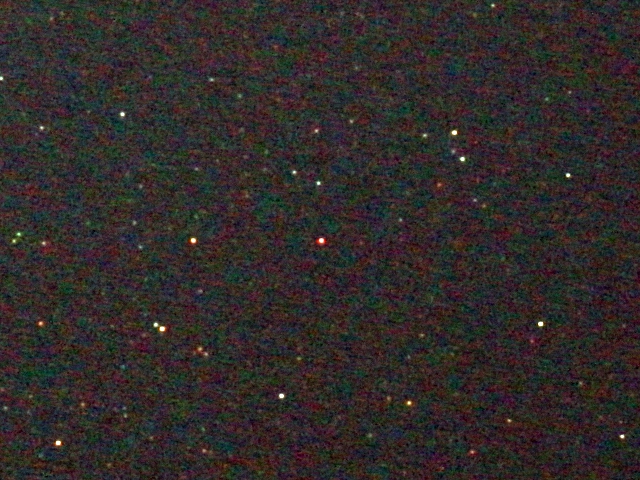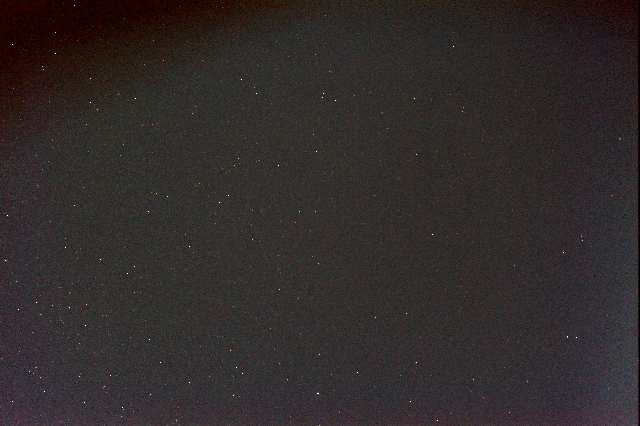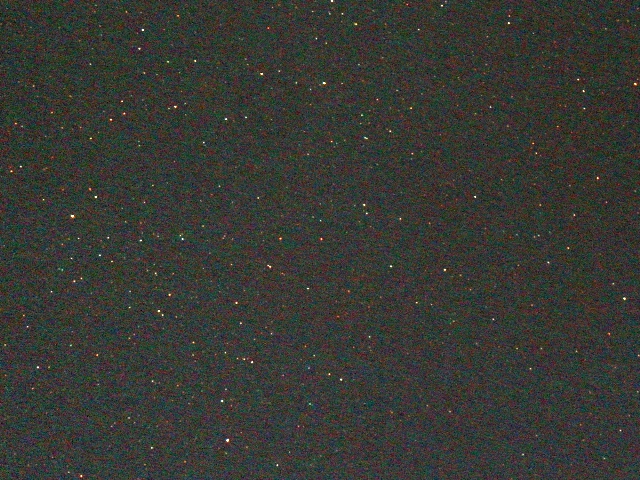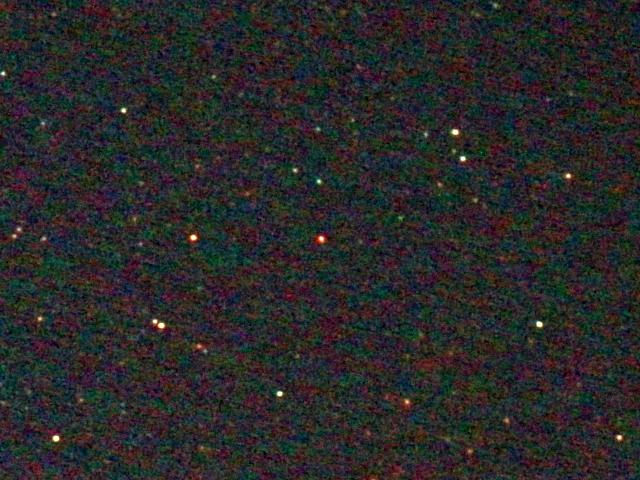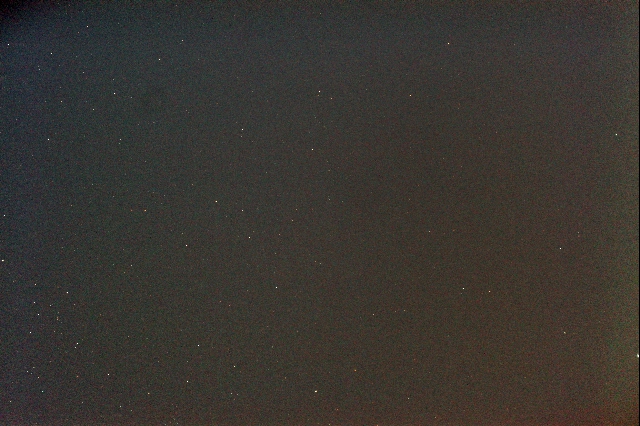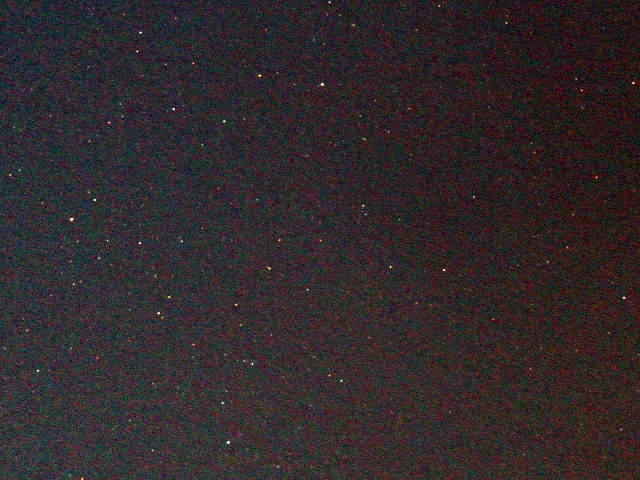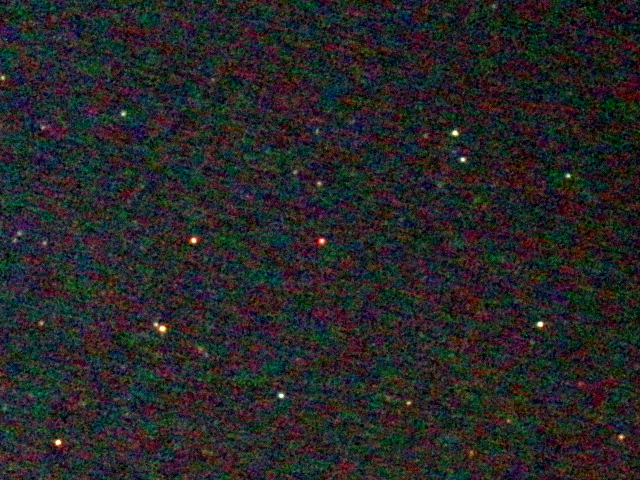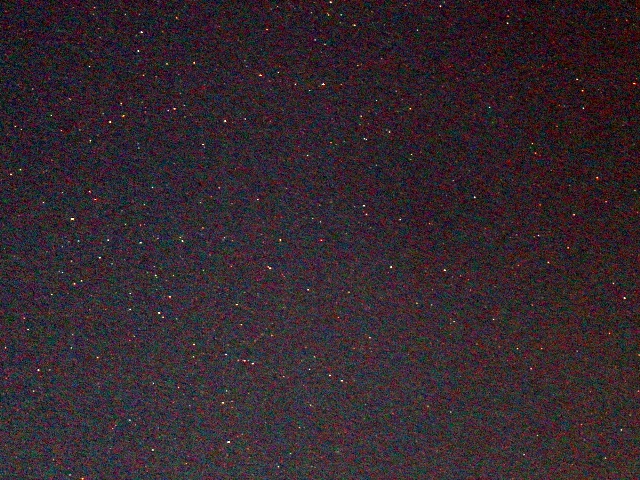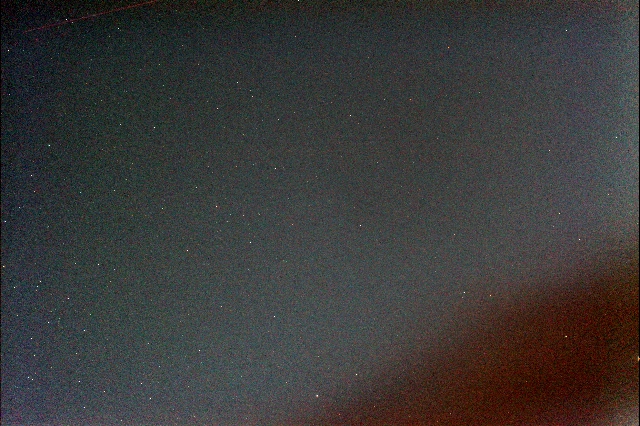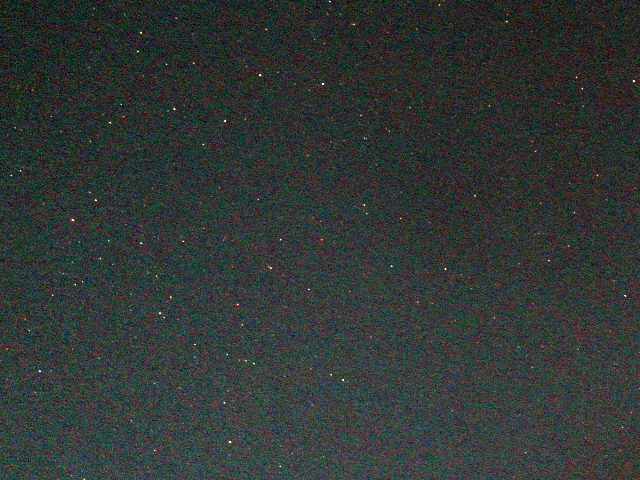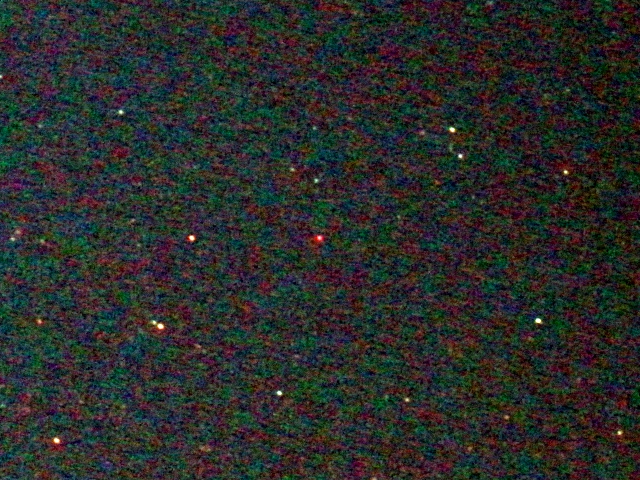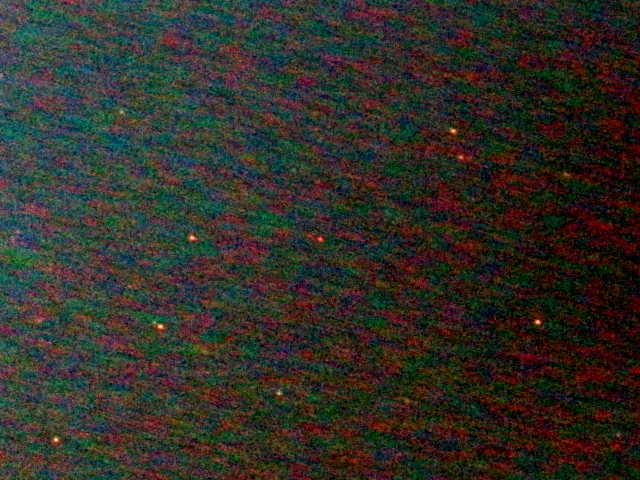

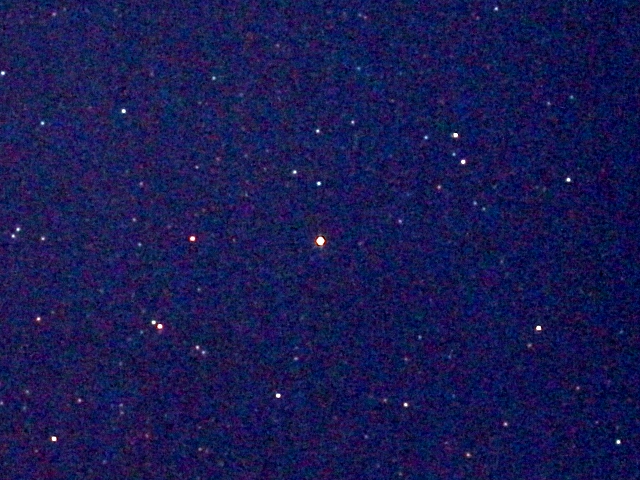
2019/10/30T18:03:06 から 18:07:00(+4sec) まで
左やや下の星は12.81等、右の星は12.35等
4sec*21=1分24秒 ISO3200 長時間ノイズリダクションをオン t-JST=+17秒
Epsilon160/530mm + LPS-P2 + 60D +EM-200Temma2
|
CP J18395972-1025415 TCP J18395972-1025415 2019 10 29.3974* 18 39 59.72 -10 25 41.5 9.4 U Sct N 0 2019 10 29.0578 Crowded field; several progenitor candidates are within few arc seconds. The transient is confirmed by recent ASAS-SN Sky Patrol (Shappee et al. 2014ApJ...788...48S and Kochanek et al. 2017PASP..129j4502K) observations: 2019 October 28.064 UT, gmag. fainter than 17.1; 29.058, gmag. 11.56. No previous eruptions (or outbursts) were recorded since 2015 February 7; complete data and light curve at https://asas-sn.osu.edu/light_curves/f4d4863d-ca2a-4238-9adb-04bdd551bac9 --- Patrick Schmeer (Saarbrucken-Bischmisheim, Germany) 2019 10 29.4526 Follow-up obs. : 2019 10 29.4526, position 18 39 59.54 -10 25 42.2, mag 9.4 U. Akira TAKAO (Kitakyushu, JAPAN) 2019 10 29.48 The Pan-STARRS1 source PSO J183959.479-102542.589 (zmag. 20.19; J2000.0 position end figures 59.48s, 42.6") is 1" from the position reported by Takao-san. --- Patrick Schmeer (Saarbrucken-Bischmisheim, Germany) 2019 10 29.421 Mag.= 9.8, position end figures 59s.64, 42".4, independent discovered on three frames by H. Nishimura, Shizuoka-ken, Japan, using Canon EOS 6D digital camera + 200-mm f/3.2 lens. 2019 10 29.05 Already discovered by the All-Sky Automated Survey for Supernovae (ASAS-SN) on 2019 Oct. 29.05 UT and reported on Oct. 29 at 02:07:49 UTC as ASASSN-19aad = AT 2019tpb: https://wis-tns.weizmann.ac.il/object/2019tpb --- Patrick Schmeer (Saarbrucken-Bischmisheim, Germany) 2019 10 29.469 K.Itagaki,Follow-up. 2019 10 29.469 18 39 59.70 -10 25 41.5 Mag.= 9.0 http://k-itagaki.jp/images/PN-sct.jpg 2019 10 29.54 The Pan-STARRS1 source PSO J183959.711-102541.689 (imag. 20.81, zmag. 19.96; J2000.0 position end figures 59.71s, 41.7") is only 0.2" from the position reported by Itagaki-san. --- Patrick Schmeer (Saarbrucken-Bischmisheim, Germany) 2019 10 29.462 Mag.= 9.8, position end figures 59s.86, 40".8 observed by S. Kaneko, Shizuoka-ken, Japan, using Canon 6D digital camera + 200-mm f/3.0 lens. 2019 10 29.749 Visual magnitude estimate: 2019 Oct. 29.749 UT, 9.3 (P. Schmeer, Bischmisheim, Germany). 2019 10 30.4248 This object seems to be getting brighter rapidly. Mag 8.3 U at 2019 10 30.4289. Akira TAKAO (Kitakyushu, JAPAN) Revise New Search Latest Details [Get help for this listing] Log in to retrieve additional aliases from SIMBAD. Name [Variable] V0659 Sct AAVSO UID 000-BNH-356 (17 observations) Constellation Scutum Sequence J2000.0 18 39 59.70 -10 25 41.5 (279.99875 -10.42819) Search nearby B1950.0 18 37 13.82 -10 28 29.6 Galactic coord. 22.352 -2.227 Other names (Internal only) ASASSN-19aad AT 2019tpb N Sct 2019 Nova Sct 2019 Nova Scuti 2019 TCP J18395972-1025415 (Not logged in) Add name Variability type N [Get description for this type] Spectral type -- Mag. range 8.6 - <22: V [Get description for the passbands] Discoverer ASAS-SN (apparently independent discoveries by Koichi Nishiy ama and Fujio Kabashima as well as by Hideo Nishimura) Epoch 30 Oct 2019 (HJD 2458786.5) Outburst 2019 Period -- Rise/eclipse dur. -- Remarks [Get help for this listing] Some references may be clicked to view in new window. Roll over index number to view submission details. 1 Schmeer, Patrick Galactic classical He/N nova (2019ATel13241....1W). 2 Schmeer, Patrick Crowded fiield. Prior to the eruption that was detected on 2019 October 29 (and probably started the previous day), no brightenings were recorded by the ASAS-SN Sky Patrol since 2015 February 7. (Not logged in) Add remark References [Get help for this listing] Click reference title/citation to view in new window. Roll over index number to view submission details. 1 S. C. Williams; M. J. Darnley; M. W. Healy, 2019, ATel #13241 2019ATel13241....1W 2 V659 Scuti = Nova Scuti 2019 = TCP J18395972-1025415, 2019, CBET #46 90 -- 3 CBAT "Transient Object Followup Reports", 2019 (online data) -- 4 Transient Name Server, 2019 (online data) -- 5 Kochanek, C. S.; et al., 2017, The All-Sky Automated Survey for Supernovae (ASAS-SN) Light Curve Server v1.0 2017PASP..129j4502K 6 ASAS-SN Transients (Shappee et al., 2014) 2014ApJ...788...48S vsolj-news 359: V659 Scuti = Nova Scuti 2019 = TCP J18395972-1025415 VSOLJニュース(359) ASAS-SN、西山さんと椛島さん、西村さん、金子さんがたて座に新星を発見 著者:前原裕之(国立天文台) 連絡先:hiroyuki.maehara@nao.ac.jp わし座といて座の間にある小さな星座のたて座は、天の川の中にあるためこれ までにも多数の新星が発見されています。そのたて座の中に明るい新星が発見 されました。新星を発見したのはオハイオ州立大学を中心とするAll-Sky Automated Survey for Supernovae (ASAS-SN, "Assassin")のグループと、福岡県久留米市 の西山浩一(にしやまこういち)さんと佐賀県みやき町の椛島冨士夫(かばしまふ じお)さんのチーム、静岡県掛川市の西村栄男(にしむらひでお)さん、同じく静 岡県掛川市の金子静夫(かねこしずお)さんです。 ASAS-SNは10月29.05日(世界時; 以下同様)に11.5等の新天体(ASASSN-19aad = AT 2019tpb)を発見しました。また、西山さんと椛島さんは10月29.397日、 西村さんは29.421日、金子さんは29.462日に撮影した画像から、それぞれ独立 に9等級の新天体を発見しました。西山さんと椛島さんの観測によると、この天 体の位置は 赤経: 18時39分59.72秒 赤緯: -10度25分41.5秒 (2000.0年分点) です。この天体は発見後も増光を続け、翌30日には8等級にまで増光したことが 報告されました。 ラ・パルマ島にある口径2m Liverpool Telescopeや、インドの2m Himalayan Chandra Telescopeによる分光観測から、この天体のスペクトルにはP Cygプロ ファイルを持つ水素のバルマー系列とパッシェン系列の他、中性のヘリウムや 酸素、1階電離した炭素や窒素の輝線がみられることが分かり、この天体が古典 新星であることが確認されました。 CBET 4690によると、この新星にはたて座V659(V659 Sct)という変光星名が付 けられていますので、観測報告をする際にはこの名称をお使い下さい。 2019年10月31日 参考文献 CBET 4690: V659 SCUTI Williams, S. C., et al., 2019, ATel #13241 Pavana, M., et al., 2019, ATel #13245 新星の画像 ・板垣さん撮影 http://www.k-itagaki.jp/images/PN-sct.jpg ・清田さん撮影 http://meineko.sakura.ne.jp/ccd/ASASSN-19aad.jpg ※この「VSOLJニュース」の再転載は自由です。一般掲示、WWWでの公開 等にも自由にお使いください。資料として出版物等に引用される場合には出典 を明示していただけますと幸いです。継続的・迅速な購読をご希望の方は、 VSOLJニュースのメーリングリスト vsolj-news にご加入いただくと便利 です。購読・参加お申し込みは ml-command@cetus-net.org に、本文が subscribe vsolj-news と書かれたメールを送信し、返送される指示に従ってください。 なお、本文内容に対するお問い合わせは、著者の連絡先までお願い致します。 novaaql1993’s blog より 2019-11-13 その後のV659 Sct = ASASSN-19aad 新星&変光星 【その後のV659 Sct = ASASSN-19aad】 久々に明るい新星だったが11等まで減光した。確かではないが、 ここ数日減光が止まったようにみえる。 SCTV659 201910301813 87cG Ymo SCTV659 201911061805 105cG Ymo SCTV659 201911091823 111cG Ymo SCTV659 201911111805 111cG Ymo SCTV659 201911121818 110cG Ymo SCTV659 201911141817 113cG Ymo SCTV659 201911141818 113cG Ymo SCTV659 201911151815 115cG Ymo SCTV659 201911151816 115cG Ymo SCTV659 201911161818 114cG Ymo |
2019年10月30日 8等?



